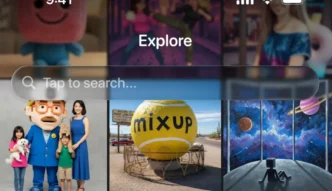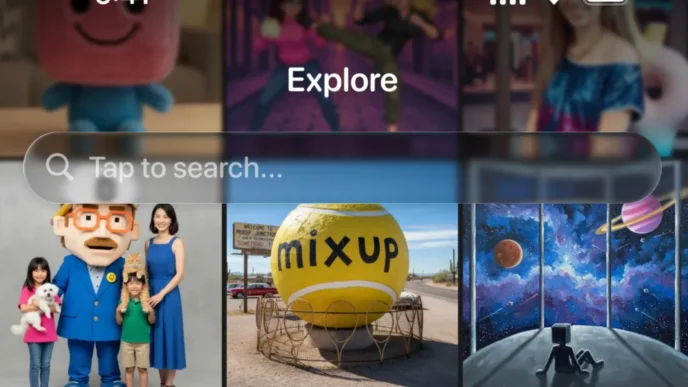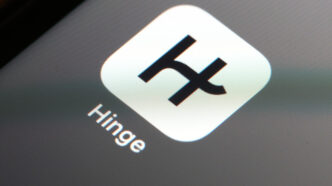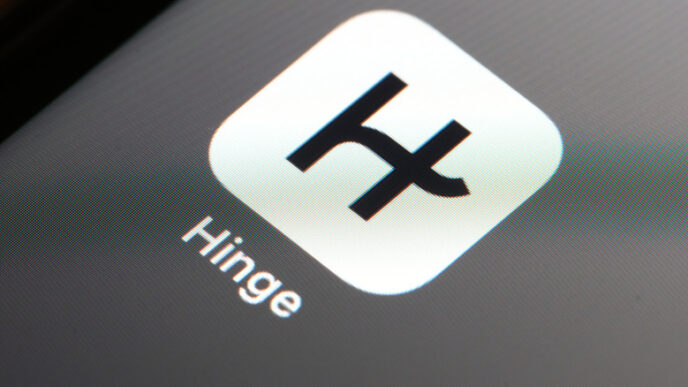TikTok is rolling out a new wave of digital well-being tools, and this time the company is leaning deeper into mindfulness, healthier habits, and screen time awareness. The platform has been under pressure to improve the experience for younger users, and its latest update signals a shift toward helping people build more intentional digital routines. These new TikTok screen time features include an affirmation journal, calming sound generator, guided breathing sessions, and a refreshed dashboard that encourages users to rethink how they engage with the app.
TikTok says it wants to help users start and end their day with healthier habits, not endless scrolling. With that in mind, the company redesigned its screen time management page to feel more like a wellness hub. Inside the new interface, users now find an affirmation journal with over 120 positive prompts. These prompts let people set a simple intention for their day and encourage a quick moment of reflection before diving into the feed.
Alongside the journal is a background sound generator that plays soothing audio like rain, waves, or white noise. TikTok says many users already listen to ambient sounds while browsing or studying, so building a native version felt like a natural step. The update also includes breathing exercises designed to help people pause, reset, and manage feelings of stress before continuing their time on the app.
The new well-being hub doesn’t stop there. TikTok is also surfacing creator-led content focused on healthy digital habits. Users can find videos from creators who talk about setting limits, using parental tools, customizing feeds, and building more intentional relationships with social media. It’s a small but important shift, as TikTok tries to nudge behavior without being heavy-handed.
One of the most noticeable additions is TikTok’s new badge system. Instead of only stopping users from scrolling, the platform is trying to reward people, especially teens, for using TikTok responsibly. The company says it reviewed academic research on digital well-being and found that overly restrictive tools often backfire, particularly with younger users. Teens tend to respond better to encouragement than strict limits, so TikTok chose a reward-driven approach.
Users can unlock badges by completing different wellness missions. One mission focuses on sleep, rewarding people who avoid using TikTok late at night. Another mission gives badges for completing meditation exercises using TikTok’s new tools. The app also encourages users to set a daily screen time limit, stay within that limit, and check their weekly usage reports. There’s even a badge for inviting others to join these missions.
TikTok says the idea is not to police users, but to create a gentle push toward healthier patterns. During early testing, the company says it noticed a clear difference: more users opened the updated well-being page compared to the old screen time menu. The affirmation journal became the standout tool, with the highest engagement across test groups.
TikTok plans to surface these tools at moments when users are most likely to need them. For instance, people who scroll late at night will see a link to the well-being hub. The same happens when someone hits their daily usage limit. The goal is to give users an easy path to pause, reflect, or shift their habits without interrupting their experience in a jarring way.
This builds on months of safety and wellness upgrades. TikTok launched new parental control tools in July, which gave guardians more oversight. These tools allow parents to block certain accounts and choose whether they want notifications when their teens upload public posts or stories.
With more families concerned about how teens use social platforms, TikTok is clearly positioning itself as proactive instead of reactive.
TikTok isn’t alone in updating its well-being and safety toolkit. Over the past month, tech companies across the industry have released new features aimed at improving teen safety.
Meta rolled out more parental controls and added stricter limitations on content for young users. YouTube made adjustments to limit late-night app usage and added more family-focused tools. OpenAI launched new safety updates for its products, and Discord added more teen-centered protections as well.
The push across the industry reflects a clear shift. Regulators, researchers, and parents are asking hard questions about how social media affects mental health, screen addiction, and attention spans.
Companies are under pressure to show real change, not only in emergency responses but in everyday features that nudge users toward more balanced digital habits. TikTok’s decision to blend mindfulness, rewards, and guided digital wellness tools is a sign that the company knows this scrutiny isn’t going away.
TikTok’s new features won’t magically reverse unhealthy habits, but they show an important trend: social platforms are beginning to take a more holistic approach to screen time. Instead of simply restricting access, TikTok is trying to meet users where they are.
The affirmation journal, calming sound generator, and breathing exercises are small additions on their own, but together they create a space that feels more personal and supportive.
The updated TikTok screen time features also give people more agency. They turn digital well-being into daily habits rather than rules. The badge system adds a layer of motivation that feels more like a game than a scolding. And by surfacing resources from creators, TikTok is using the power of its own community to help users stay mindful.
For teens, especially, these tools could offer a healthier way to understand their screen time without feeling punished for using the app they enjoy. For older users, the reminders and calming tools might encourage a better balance between entertainment and rest.
As competition intensifies and social platforms fight to keep users engaged, TikTok’s next chapter may depend on how well it can support healthier digital behaviors. With this update, the company seems ready to prove that engagement and well-being don’t have to collide, they can coexist.












